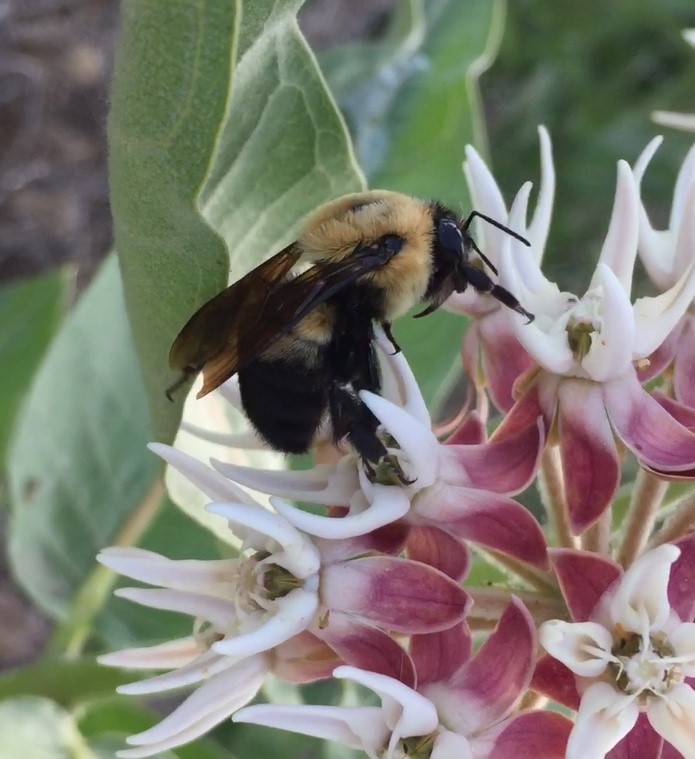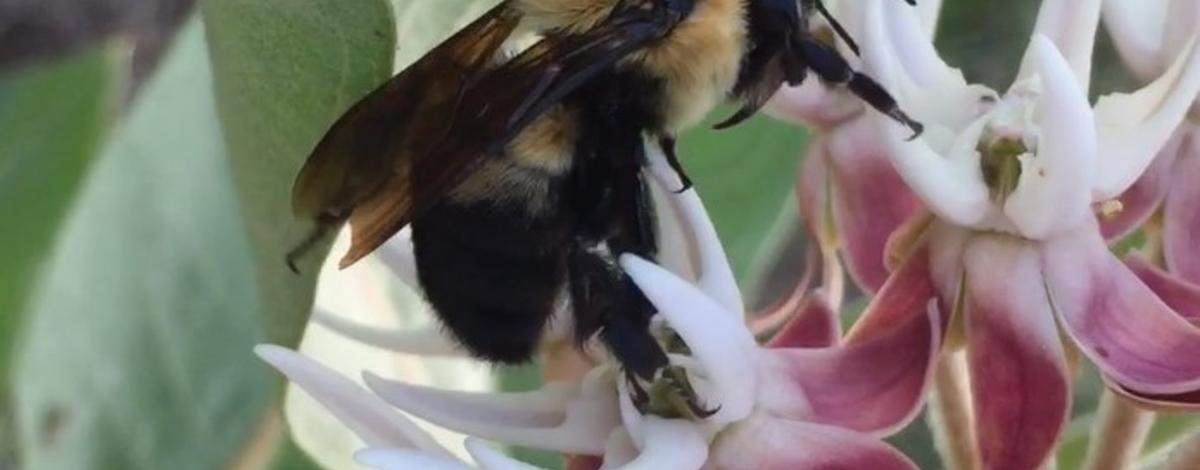A new project launched to harness the volunteer power of citizen scientists and help map bumble bees in the Pacific Northwest, and anyone with a camera and computer can contribute. This region is home to nearly 30 species of these charismatic and easily recognizable bees, and many of them face an uncertain future.
People can learn more about the project and how to contribute at the Pacific Northwest Bumble Bee Atlas Project website.
The Pacific Northwest Bumble Bee Atlas is spearheaded by the Idaho Department of Fish and Game, Washington Department of Fish and Wildlife, Oregon State University, and the Xerces Society for Invertebrate Conservation. The partners are collaborating with citizen scientists to collect information on bumble bees, including Species of Greatest Conservation Need, in Oregon, Washington and Idaho.
“While it is important to understand how well human-influenced landscapes affect bumble bee populations, we also need to know what is happening outside of towns and cities,” said Ross Winton, Fish and Game Regional Wildlife Biologist. “These larger patterns will help us to understand how bumble bees are faring under larger landscape pressures like climate change and drought.”
In recent years, the importance of pollinators and their essential role in keeping our environment healthy by pollinating flowers in natural areas and contributing to successful harvests on farms has been recognized, as has their vulnerability, in large part because of widespread losses of bees.
Declines of pollinator populations are alarming. Much attention has been given to the plight of the introduced European honey bee. Less publicized, but no less important, is the parallel decline of native, wild bee populations, particularly bumble bees.
While this project will target all species of bumble bees, there are three species whose population declines are of particular concern: the western bumble bee (Bombus occidentalis), Morrison’s bumble bee (Bombus morrisoni) and the Suckley cuckoo bumble bee (Bombus suckleyi).
“Washington, Idaho and Oregon are large, and include both heavily populated and wild areas, so we need an army of trained volunteers equipped with cameras to help survey the entire region,” said Rich Hatfield, Senior Conservation Biologist at the Xerces Society for Invertebrate Conservation. “With the help of citizen scientists we can cover all three states quickly, collect high-quality data and contribute information that will aid in conservation.”
One of the goals of the project is to better understand where bumble bee species occur in remote parts of the region. Much of what we currently know about bumble bee distributions is focused on places where people live or travel, such as towns, cities and near roads, as well as in key conservation areas like national parks.
Getting better information about which species of bumble bees occur in remote areas will help researchers track these species and understand what types of habitat they are associated with, ultimately supporting the conservation of the most at-risk species.
Conservation partners across the Pacific Northwest look forward to the lasting effects of this project. There will be a Citizen Science Training Workshop from 10 a.m. to 4 p.m. Saturday, May 19 at the MK Nature Center at 600 S. Walnut St. in Boise. Click on the link above to register.


